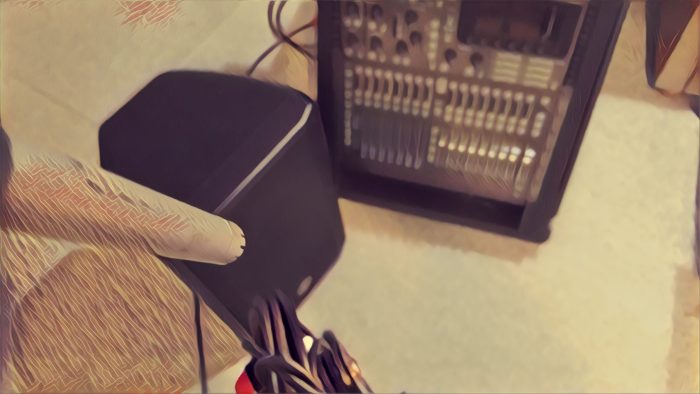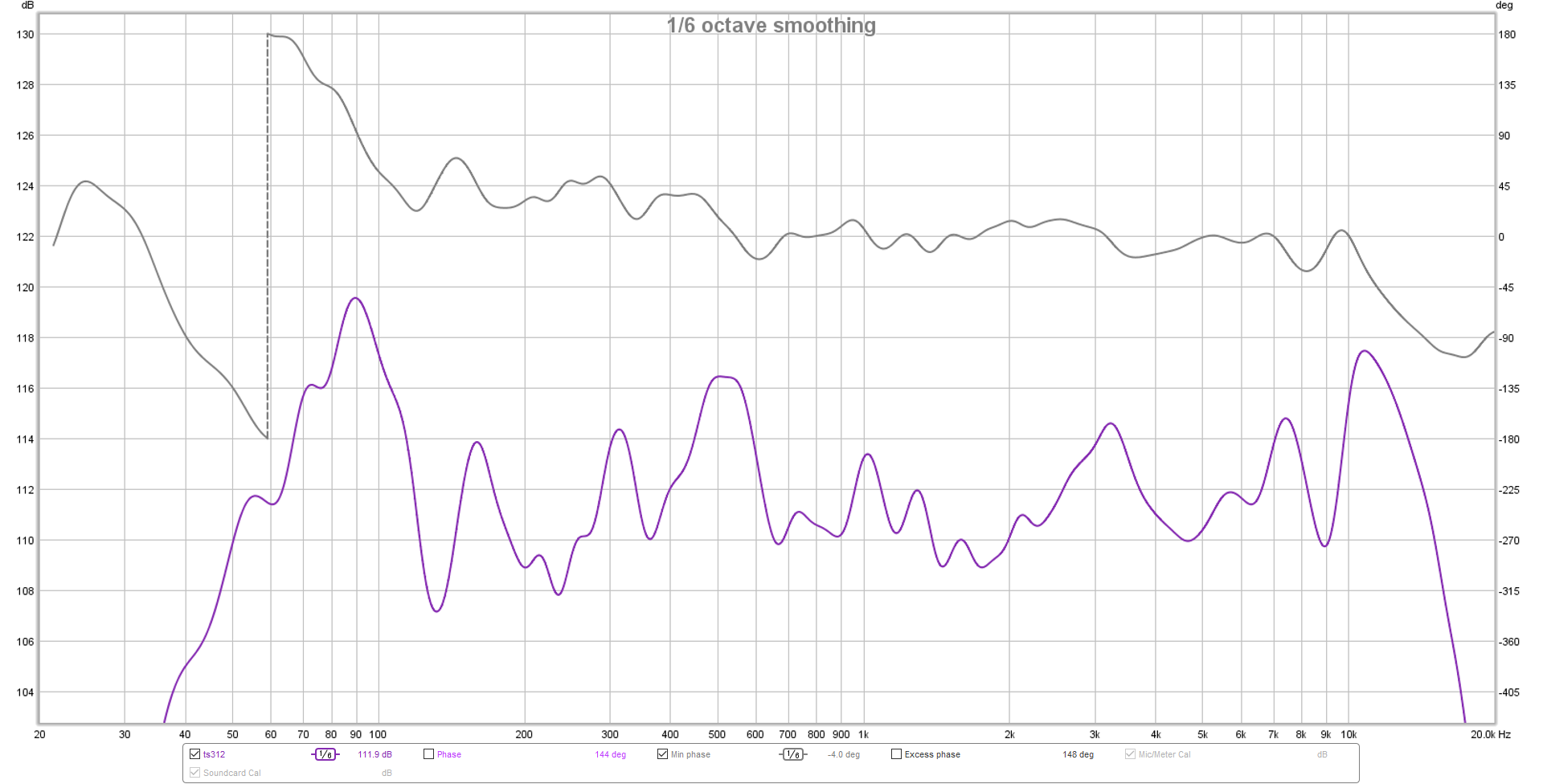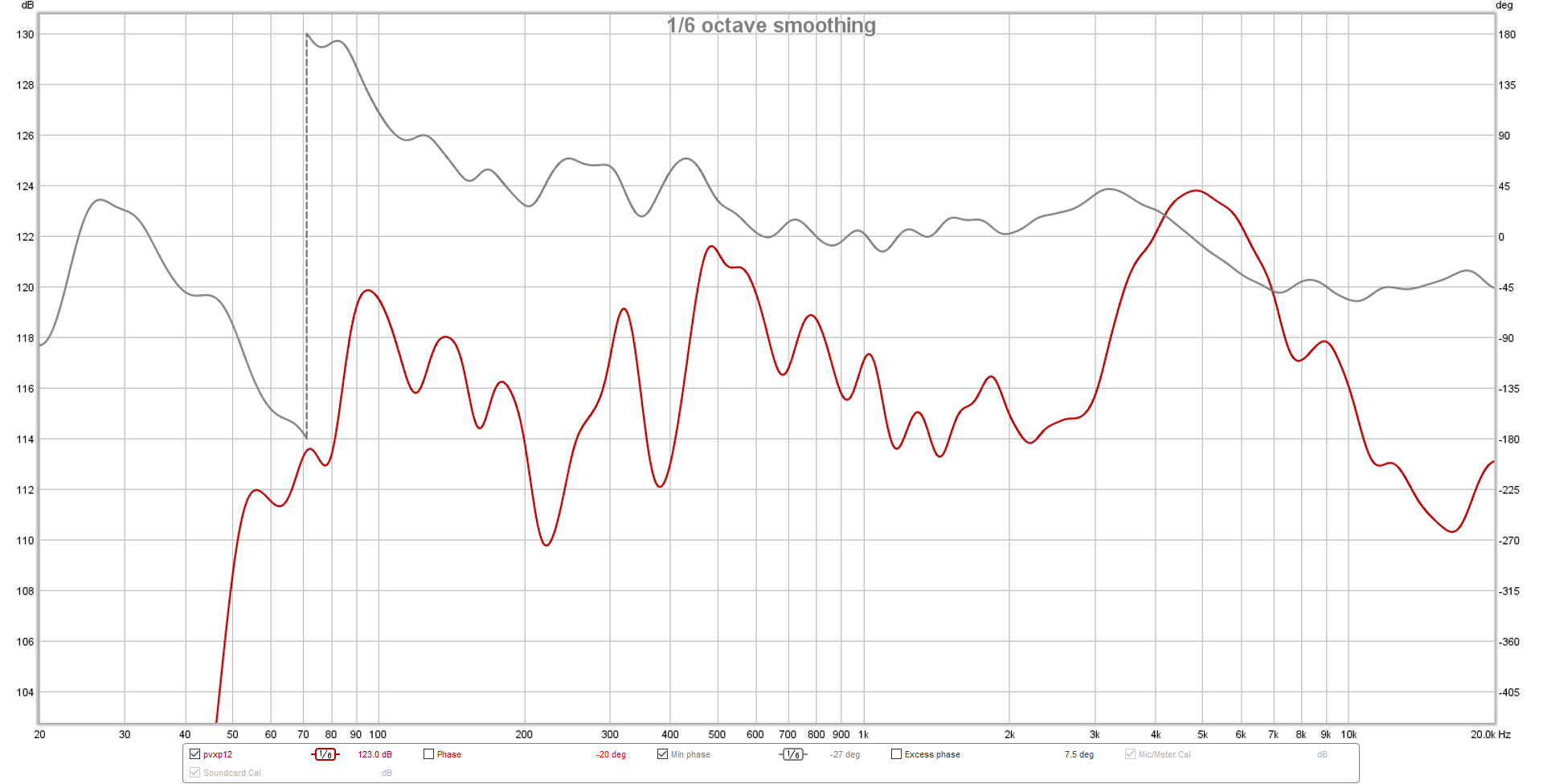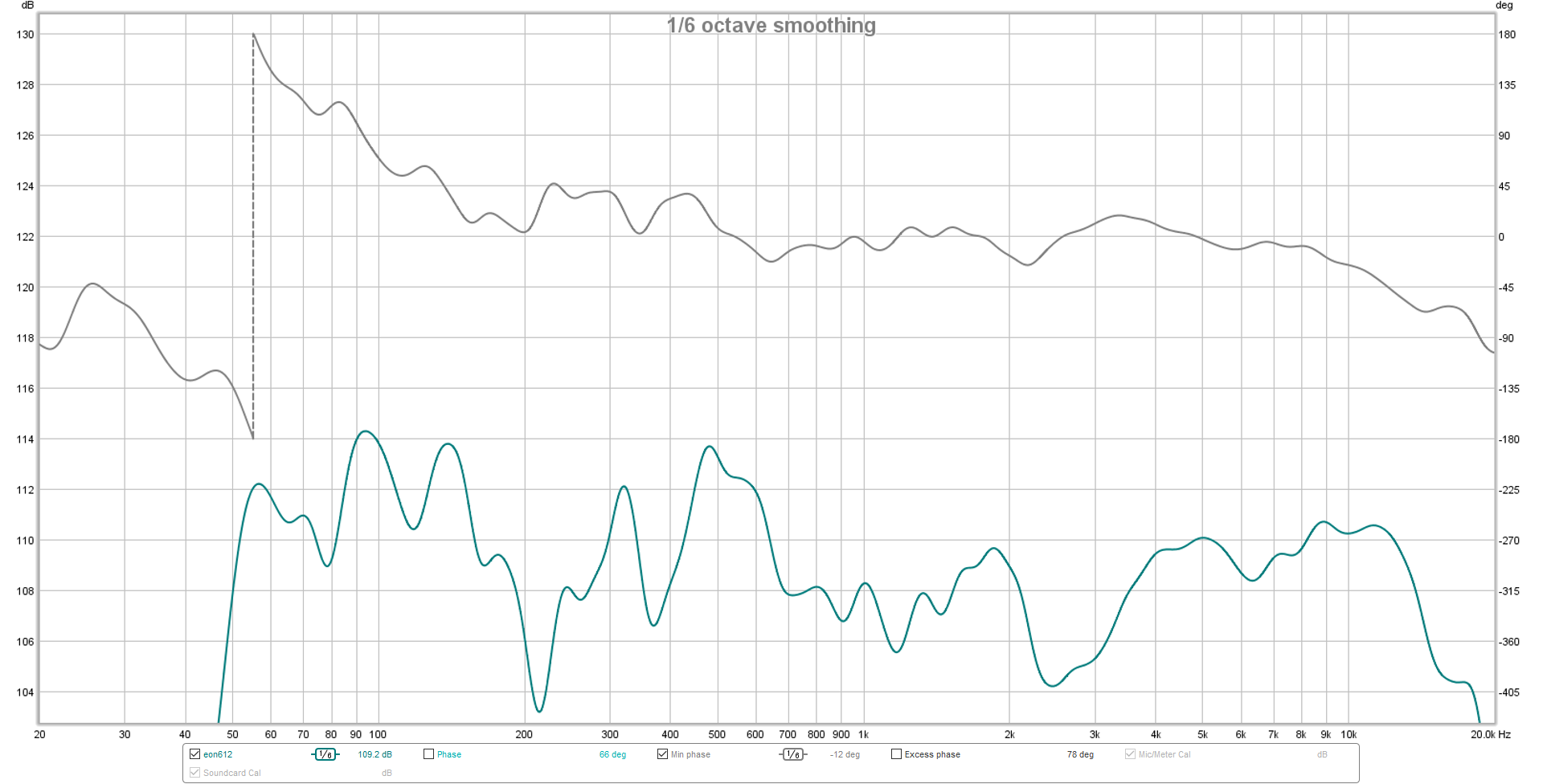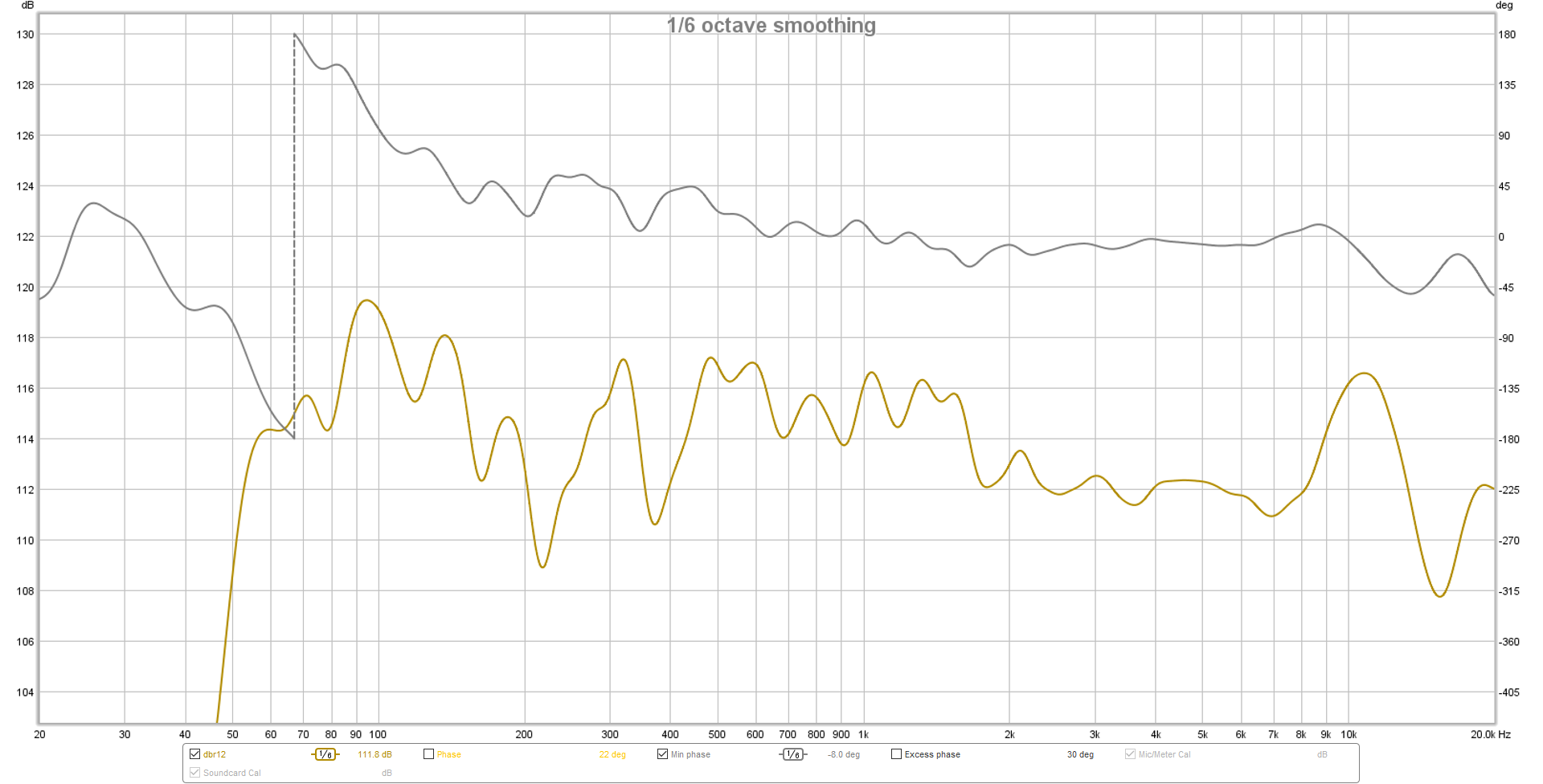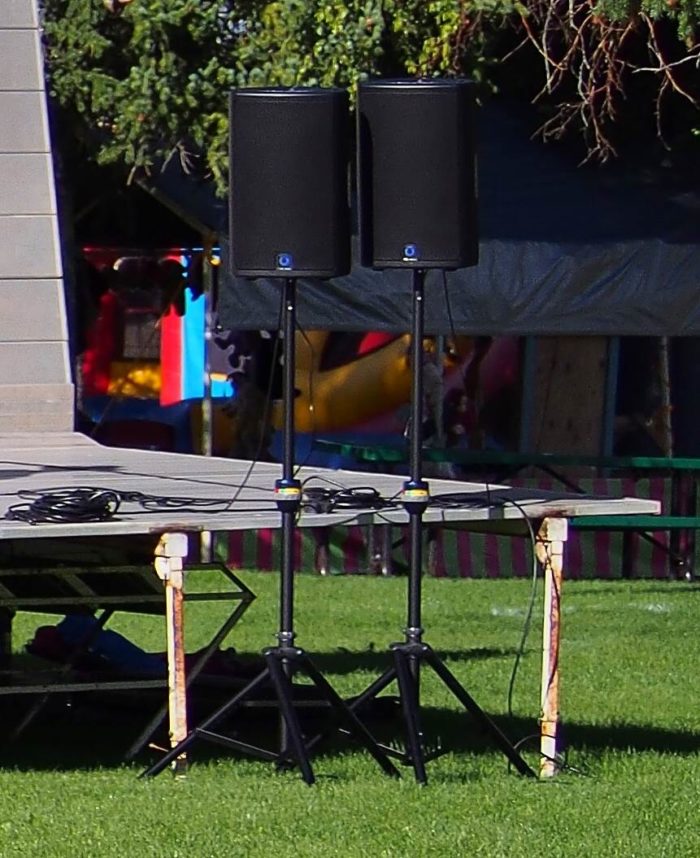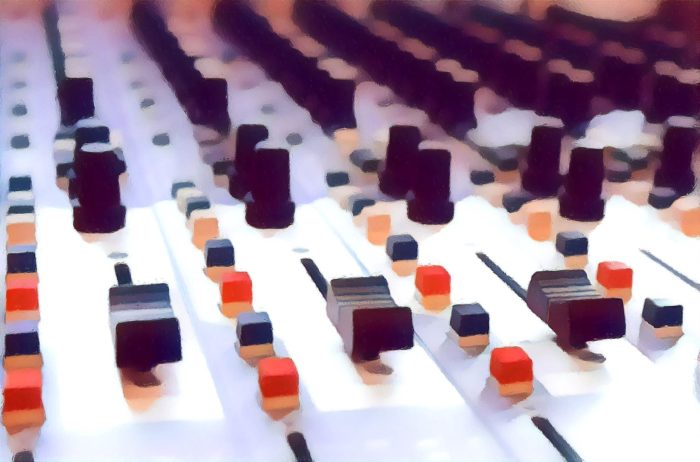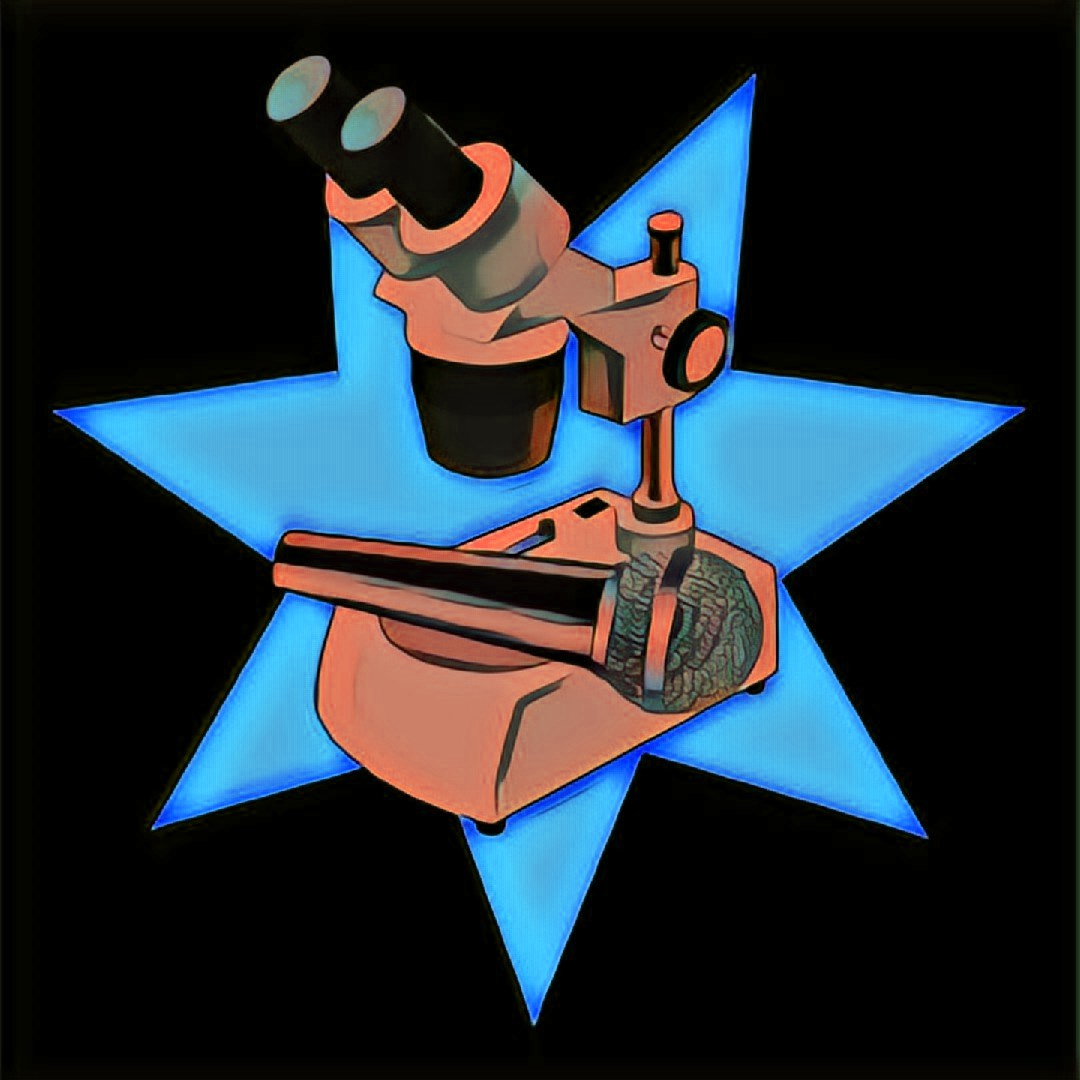Right after I posted my last article, somebody (that somebody being Jason Knoell of H2Audio) decided to REALLY kick the hornets’ nest and share the link in Stagehand Humor. Of course, I could not help myself: I had to read through the commentary and experience the reactions. The general themes, as well as some particular thoughts make for some excellent, extended discussion of the “Analog VS Digital” topic.
Please note that I’m not identifying individual users here. I don’t feel that it’s necessary, as this site’s main purpose isn’t to host community discussion anyway. (Such discussion is welcome and encouraged, but I don’t host the software to run it.) If you really want to know who said what, the discussion thread is here.
Also, I am 100% aware that I’m not going to change anyone’s opinion. That doesn’t bother me in the least. I’m writing this out so that people who haven’t yet formed their opinion can examine some viewpoints and decide whether or not they think I have a valid take on things.
I will try not to be too snarky, but I can’t make iron-clad promises.
Here we go.
“Have fun when your digital board crashes its operating system and you don’t have the flash drive on the truck.”
People say things like this as though analog consoles have never failed at terrible moments. Big, heavy, hot, expensive, rackmounted power supplies have been known to quit – sometimes spectacularly. Ribbon cables can get unseated. Channel modules can fail with very loud, showstopping results.
Hardware isn’t eternal, no matter its design principle. So…have fun when your analog console has the equivalent of a crash and you can’t fix it with anything as simple and convenient as a flash drive, plus you mightn’t have any spares (especially because analog is big, heavy, and expensive). Me? I effectively have two spare consoles that I carry with me, and the rig still costs less and weighs less than an analog counterpart.
“Say what you will but I can punch, spit, spill a drink, and blow smoke for 16 hours a day on a Mackie 1604 and still have a reliable board!”
An analog console MAY have an advantage in that damage to one section of the unit may not prevent the rest of the device from working. There may also be a period of time where component degradation due to repeated abuse isn’t immediately audible. “Integrated” digital setups tend to either work 100% or cease operating. That difference in failure behavior isn’t enough for me to take a technological leap backwards, however.
And being reasonably nice to a piece of equipment (rather than abusing it) is not as hard as some people might think. Be nice to your digital gear and it will last, as long as there aren’t any manufacturing flaws. Analog follows exactly the same rules, by the way.
“Forgot to address harmonic distortion, saturation of tone, or any acknowledgement of different consoles and their own signature coloration of tonality.”
I didn’t, actually, but I also didn’t go into much detail. I didn’t dig deep because I see running after that kind of thing as a giant waste of limited money and time. I’m not saying that it isn’t nifty when it’s there, if it’s working in your favor. The problem that I have is that the necessary premium to get it is vastly out of proportion to its utility. A console that’s just automatically magic with bass guitars and snare drums is a cool thing. A console that forgives being run hot, potentially in a way that’s even helpful at times, is also pretty rad.
I still maintain, though, that “baked in” signal coloration is basically a design limitation that happens to be fun. I personally prefer a console designed to be flat and clinical, where coloration of all kinds (possibly including distortion, if you’re into that) can be added with explicit intention by the individual operator. If I find I’m missing some sort of magical boost in the low mids – something that very rarely happens, but even so – I can always dial it up with the parametric across my main outputs.
And know EXACTLY what just happened.
You may not prefer that. You may be able to bear the direct and indirect premiums necessary to have an analog signal path that imparts a desired flavor to inputs automatically. That’s great! Don’t let me or anyone else get you down. All I’m saying is that gear which fits your workflow and not mine does not necessarily represent an inherent improvement in technology.
“Guy’s never heard an early 70s concert in a real theater with a real band.”
While I’ve never heard an early 70’s concert in a real theater, I HAVE heard real bands both in and out of various venues that I also consider pretty real.
And I wonder if it’s just possible that the sound of a great band, in a beautiful acoustical environment, playing to an appreciative audience, might represent sonic and experiential factors that are orders upon orders of magnitude more important than any inherent tonality imparted (or not) by the mix rig?
“Bad thing is you spent 20 grand on a console and by the time you were done figuring out all the routing and fx it was obsolete. That’s my biggest problem with digital.”
No, digital consoles are not obsolete the minute you get them. A new model may be waiting in the wings because development cycles are so fast anymore, but it’s not like the console that just got delivered won’t mix bands anymore, or is fatally flawed.
If you want to talk about a long-term ecosystem of support, spares, rental-stock, and add-ons, I can see where you’re coming from – but in all cases, that kind of thing only comes about for the mix rigs that have gotten picked as favorites by the industry at large. Consoles are like pop-stars and rock bands. We remember those that stood the test of time, and conveniently forget that lots of analog and digital offerings didn’t manage to spark, and thus never generated that kind of sustaining ecosystem.
By way of example, I have a pair of Tascam DM24 consoles that sound just fine, and work just fine. I mixed on them for years. They never had the following that the Yamaha 01V series had, though, so I was basically on my own in terms of support and ancillaries. They were “obsolete” even when I got them, in the sense that Yamaha had handily passed them by. So what? They were still powerful tools.
“When analogue peaks, you get “warmth” or natural distortion. When digital peaks, you get clipping and digital breakup.”
Both events being described are an overload. Both are distortion/ clipping. The phenomena on display are not fundamentally different, though the specific tonalities of the events do differ.
My question is: Driving your console’s main bus into clipping isn’t a best practice. Why are you doing it so much that the console’s ability to forgive your gain structure is a main factor in your purchasing decisions?
“Small venues can’t afford digital that doesn’t have latency issues.”
I once built a digital mix system that had a roundtrip latency of about 9 ms, as I recall. That’s really not the best situation…but I used that system for years at Fats, and nobody every complained about it. Mostly, they raved about how great the shows there sounded, both on and off the deck.
My new, non-homebrew rig has a stated latency of about 1 ms. Nobody’s complaining about that either. Latency is a convenient audio boogeyman that gets blamed for all kinds of problems that seem vague or unexplained. It really isn’t as huge a factor as it’s made out to be, and it certainly does not account for all the ills that some folks love to attribute to digital.
“We had a mid level digital board that when pushed just broke up and sounded terrible. We had to boost the processing on the amplifiers and run the mixer as low as possible.
It sounds like the guy writing this article is new to sound and maybe has not used pro equipment!”
If you’re “pushing” any console, analog or digital, in order to drive the PA to full power, your system gain structure is wrong. It’s especially wrong if you’re pushing the console into clip. On the dBFS scale, the region around -20 is the equivalent of “nominal” level on an analog console.
Digital systems, as a rule, do sound horrible when clipped. So, don’t clip them. It’s really not hard to get yourself into the mindset.
I know this stuff because I’m NOT new to audio. I know this stuff because I’ve had hands-on time with consoles that cost everywhere from $50 – tens upon tens of thousands when they were new. I’ve never been bothered by the sound of any of them. I’ve never had a religious experience because of the sound of any of them either. It’s because I’ve used real equipment on real shows (gigs that play to a couple-hundred patrons are VERY real, by the way), and have had to make real purchasing decisions with real money – that is, my own money – that I’ve come to my conclusions.
A case in point is a story that I’ve told several times, in several forms. My schooling was when I had my major, hands-on experience with spendy, large-frame analog desks. Next to the big, premiere, “A Room” was the new “D Room” with a pair of Tascam digital consoles. The two Tascams together were about $6000. The A Room SSL was the high-rent behemoth. Material in both rooms sounded plenty nice. The consoles in the D Room, though, did nearly everything that the SSL could do. They did it more easily, and faster, and for maybe 10% of the cost (if the percentage was even that high).
In real life, convenience, features, and affordability are vastly more important to a console than “It seems to sound super nice under certain circumstances which may not really be the direct result of its technology base.”
“I could make a very good mix on the analogue board in a large venue where not as much fine tuning and adjustment is necessary as you’re not battling stage spill and close proximity to PA as much…The analogue does sound warmer, the mix sounded slightly fuller and for just an acoustic act or a simple band I can still make a mix sound awesome!
Once again – the factors being described here as making a huge difference have nothing to do with the console’s technology base. They are environmental and circumstantial, which hold vastly more sway over the sound of the show.
Also: If you didn’t do exactly the same mix, at exactly the same SPL, of exactly the same band, in exactly the same room, with exactly the same audience, you can’t seriously claim that the analog console was the primary reason it sounded “better.”
“Simple fact– you cannot digitize EVERY bit of sound.”
Simple fact: Yes, you can, and we have been for a long time. Even 44.1 kHz systems reliably capture the entire audible spectrum, and 24-bit converters have dynamic range that (to my knowledge) continues to outperform the analog input stages they are necessarily mated to.
“But it’s better to teach in analog, it requires you actually to listen not just look at a screen.”
Consoles had labeling and useful meters, and signal analysis devices did exist before digital audio was “a thing.” Besides, “listening only” can trick you. Combining your ears and your eyes – and making sure they agree – is a powerful tool for doing better work as an audio human.
“Sacrificing quality for convenience is all it is. If analog is so bad, why are there so many Midas consoles on the road still? Hell, Bonnie Raitt was out with a Gamble console. She sounded better then any digital board could get her to sound.”
No, actually, it’s choosing to have quality, convenience, and features at a great price-point over getting quirks at high expense.
And I’m not saying that analog is bad. I’m saying that it’s not better. There’s a difference.
There are a billion Midas desks on the road because they ARE good consoles. They are consoles that people know how to use, and associate with good sound. I never said they weren’t. I’m also saying that the cost of obtaining, maintaining, and transporting them is hard to justify – unless you’re a touring company or rental house, of course, and everybody who calls you wants one.
And I will close by saying that Bonnie Raitt is a master performer with a killer group of musicians at her side. That matters far more than the console ever could, and I don’t see any way to practically back up the (“handwaved” at best) assertion that her performances would sound any less than brilliant through a digital desk.

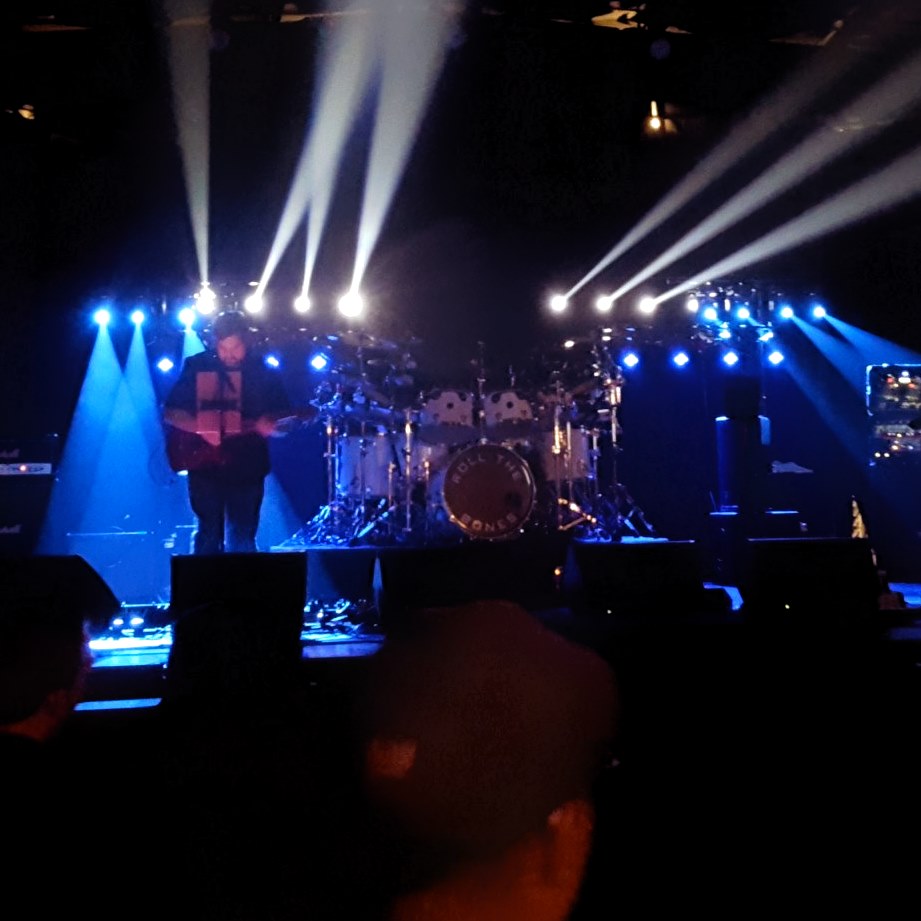 Want to use this image for something else? Great! Click it for the link to a high-res or resolution-independent version.
Want to use this image for something else? Great! Click it for the link to a high-res or resolution-independent version.